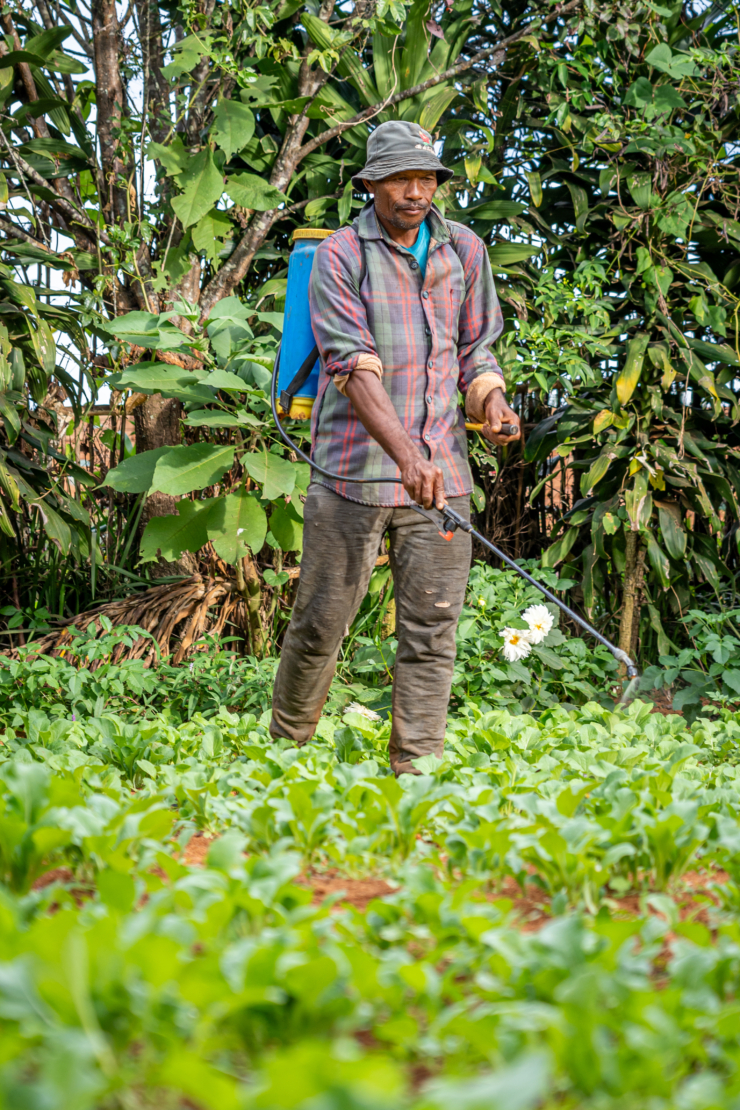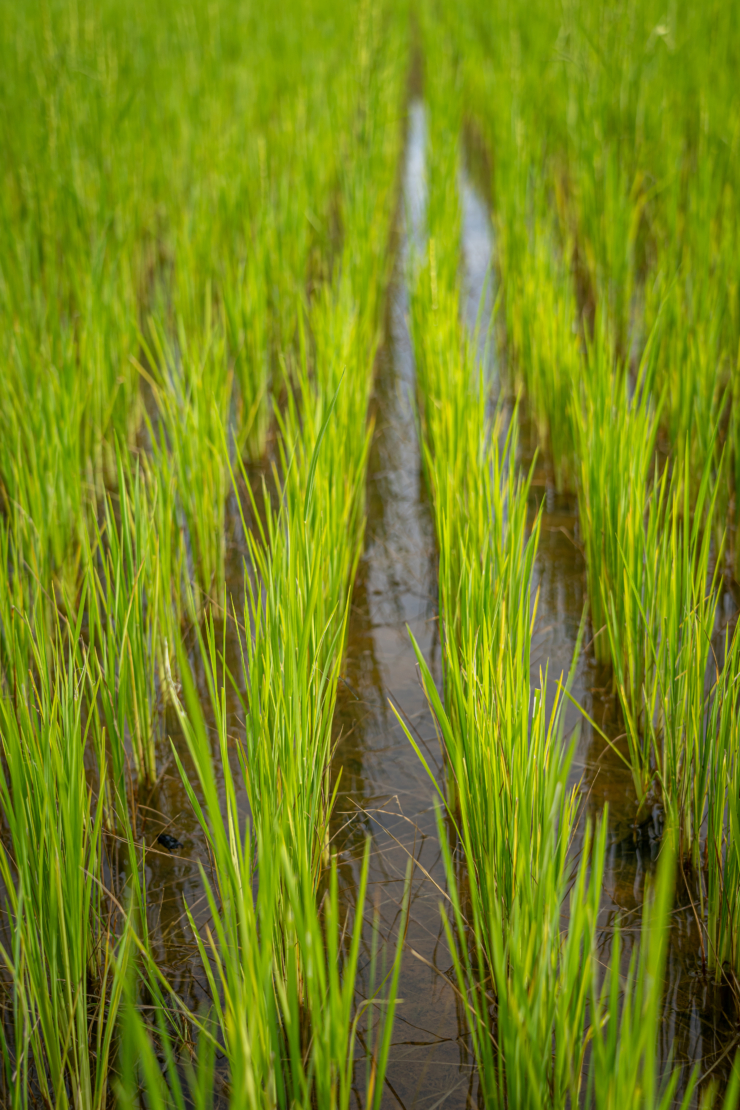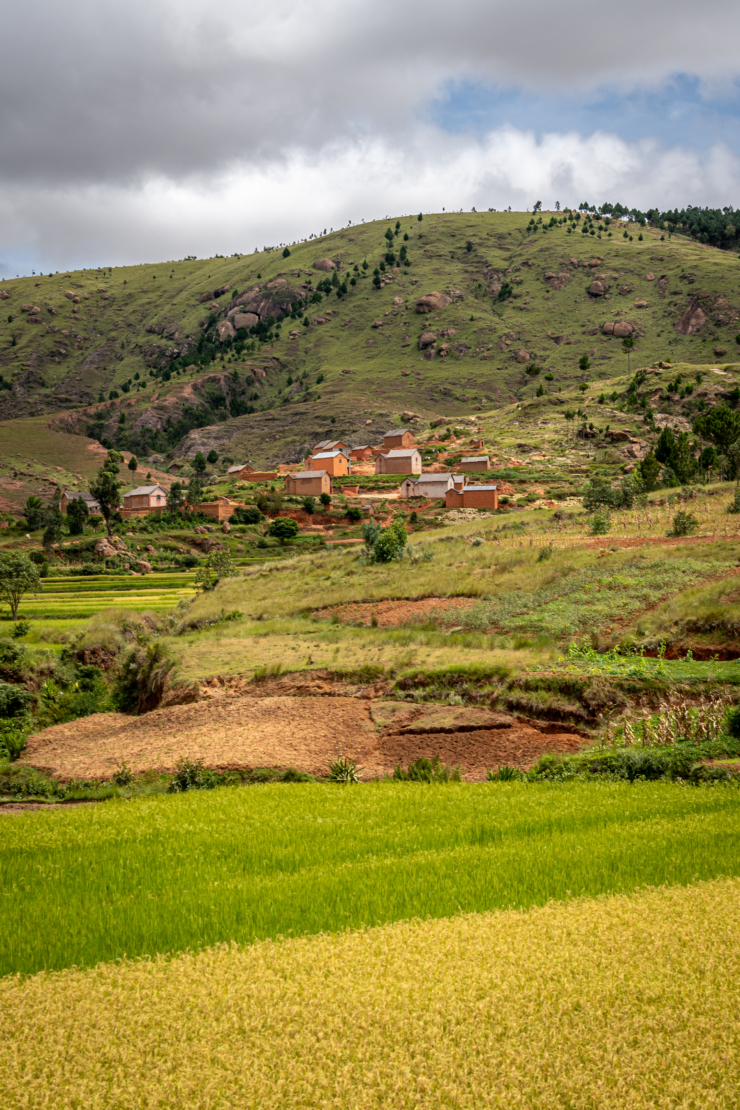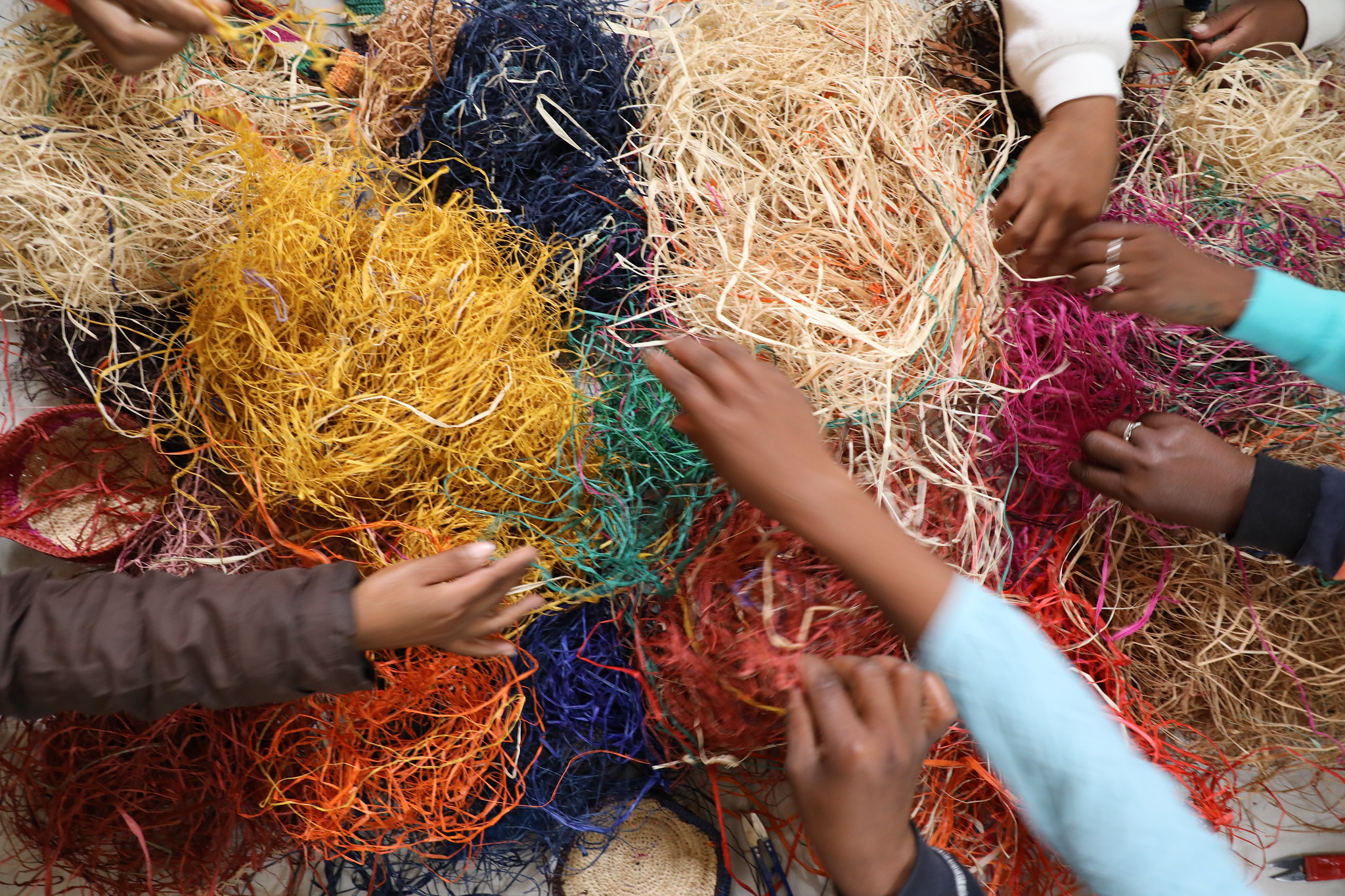

Climate Resilience Agriculture & Food Security
“The money we used for chemicals, we now use for food”: How regenerative farming is improving food security and building climate resilience in Madagascar
Some days, Randriamitantsoa wonders when the rain is coming. Other days, it rains heavily — but that too can be a problem.
“The next day, the soil will be very dry. We don’t know why,” says the fourth-generation rice farmer who lives in Madagascar’s Central Highlands.
The 56-year-old, who has been farming since childhood, has seen more changes in the climate over the years than he can recall, leading to devastating impacts on his family of six, for whom life was already challenging.

85% of people in Madagascar rely on agriculture as their main livelihood activity
“We are children of farmers and we struggled in life. We didn’t find enough food to eat,” he says, sharing that the family’s diet was typically one meal of rice per day. “We tried to find solutions to improve our life, for us to fight against poverty.”
Like Randriamitantsoa, farmers across Madagascar have struggled to adapt in what is the fourth most vulnerable country in the world to climate change, according to the UN.

“There are big environmental changes,” Randriamitantsoa says. “When I was a boy, there was some infrequent hail. Nowadays, throughout the year, there can be hail.”
Rising temperatures, record droughts, and climate-related shocks — including an average of three cyclones per year — have left the country’s poorest communities extremely vulnerable. In Madagascar, 80 percent of people are highly impoverished, and 85 percent rely on agriculture as their main livelihood activity, an intersection which reveals the relationship between agricultural challenges and poverty.


Etienne Andriamampandry, Partnerships Director at AKF in Madagascar, which operates through the local branch Organisation de Soutien pour le Développement Rural à Madagascar (OSDRM), explains that the country’s climate conditions, including erratic rainfall, contribute to a prolonged lean season — a time of low harvest production — which is a “huge hindrance” to farmer productivity, causing low yields.
Randriamitantsoa has experienced that first-hand. While his family has access to well water for household use, the family “waits for the rain” to irrigate their 25 acres of farmland. In recent years, the rainy season has been delayed by up to a month which impacts the family’s diet, health, income, and security.
Before, the rainfall would follow a specific season. Now, it has changed … It affects the amount of yield we get at harvest time.
Implementing Regenerative Farming
To help farmers cope with climate effects, AKF co-developed the organic Zanatany Rice System with smallholder rice farmers in Madagascar through iterative experimentation. The system promotes nature-based solutions in cropping, livestock, and forestry that restore soil and water, and improve biodiversity whilst increasing yields.
Didier Van Bignoot, AKF’s Global Advisor on Agriculture, Food Security, and Climate Resilience explains the importance of a bottom-up, collaborative approach in developing these regenerative farming techniques.

“Scientists or researchers are not the only experts. Farmers are at the forefront of climate change — they are our mentors. Nothing would have been possible without them,” he says.
The system, which launched in 2017, is an alternative to the common labour-intensive System of Rice Intensification (SRI). Through Zanatany, farmers directly seed rice plants into the earth, rather than transplant seedlings grown in nurseries, allowing them to harvest two to three weeks earlier. The system uses 80 percent less seeds, helping reduce costs and labour, particularly for women who typically manage the nurseries and transplant the seedlings.

AKF plans to support up to 5 million farmers across Africa in adopting regenerative farming principles by 2030
The Zanatany Rice System, which includes using 100% local and natural inputs, minimises soil disturbance, and maximises biodiversity through tactics including complex crop associations. The system has reached over 116,000 people in Madagascar, more than half of whom are women, helping farmers save an average of 20 percent of their input costs. By 2030, AKF plans to support up to 5 million farmers across Africa in adopting regenerative farming principles.
The flexibility of the terrain-agnostic Zanatany Rice System enables farmers to “choose what they want to do first and gradually improve it. [Farmers] can start with one or two principles and slowly build on this,” shares Van Bignoot.

Increased Yields, Improved Livelihoods
As Randriamitantsoa practiced the Zanatany principles, such as incorporating biochar in his compost for improved soil, he noticed his rice plants became vibrant and healthy. He started making his own bio-fertilisers and bio-pesticides instead of relying on chemicals. “The soil became more fertile as it absorbed more nutrients, and our yields increased,” he says. After he stopped using chemical inputs, Randriamitantsoa also noticed an improvement in his wife’s health.
Through Zanatany, farmers like Randriamitantsoa strengthen their adaptation to climate change, which is a primary goal of the country’s 2010 national policy in combating climate change.Although farmers in Randriamitantsoa’s village typically plant rice by scattering seeds by hands, he learned that planting in rows would be more efficient. In addition, once the rice plants have matured enough for the fields to be drained, a range of other crops, including vegetables, can be grown alongside rice.


“Before joining the project, we only grew rice, potatoes, and some beans in a small plot. Now, we [also] grow corn, soya, leeks, green beans, carrots, and eggplants,” Randriamitantsoa says.
The increase in Randriamitantsoa’s yields and crop diversification have resulted in a dramatic increase to his income. Previously, Randriamitantsoa would earn 500,000 Malagasy ariary ($110 USD) in a year by selling excess rice and vegetables after feeding his family. Now, he earns that amount per quarter. In addition, he saves 400,000 Malagasy ariary ($90 USD) annually as he no longer buys chemical pesticides. Given Madagascar’s per capita income of $538 USD, these income surpluses and savings are life-changing for farmers.
“Before, we struggled to pay for school fees, but now, we don’t struggle,” Randriamitantsoa says. “Since we have some money, what we eat with rice has changed. We can buy meat or fish. The money we used for chemicals, we now use for food.”

Madagascar is the fourth most vulnerable country to climate change in the world

Learn more about the Zanatany principles of regenerative farming at The Learning Hub by the Aga Khan Foundation.
The Aga Khan Foundation implements programmes in Madagascar through its local branch, Organisation de Soutien pour le Développement Rural à Madagascar (OSDRM).
Written by Jacky Habib, a Nairobi-based freelance journalist reporting about social justice, gender, and humanitarian issues. Her work has been published by NPR, Al Jazeera, VICE, Toronto Star, and others. Read more at: www.jackyhabib.com
Related News & Stories


Not just a pastime, but a lifeline

What are Nature-based Solutions?

How savings groups and cooking classes are combating malnutrition and building climate resilience in Madagascar

Madagascar’s first embryo transfer in cows set to boost dairy production and climate resilience

The work of the Aga Khan Foundation in Madagascar

Support our work Your donations are helping us build a future where we all thrive together.